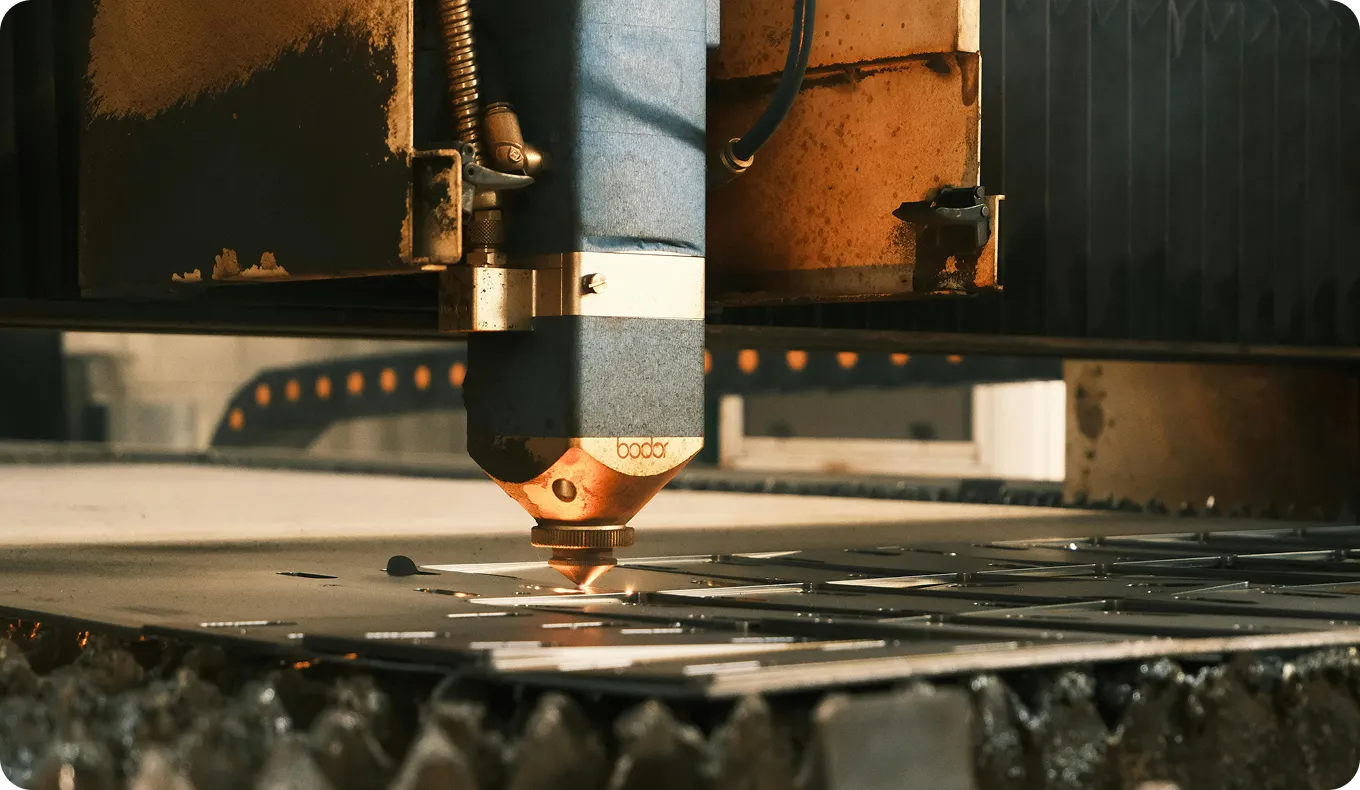Data Drift
Discover the types, causes, and solutions for data drift in machine learning. Learn how to detect and mitigate data drift for robust AI models.
Data drift is a common challenge in machine learning (ML) that occurs when the statistical properties of the data a model encounters in production change over time compared to the training data it was built on. This shift means the model is operating on data it wasn't prepared for, which can lead to a silent but significant degradation in its predictive performance. Effectively managing data drift is a critical component of the MLOps lifecycle, ensuring that Artificial Intelligence (AI) systems remain reliable after model deployment. Without proactive model monitoring, this issue can go undetected, leading to poor decisions and negative business outcomes.
Data Drift vs. Concept Drift
It is important to distinguish data drift from a related issue, concept drift. While both can degrade model performance, their causes are different.
- Data Drift: Also known as feature or covariate drift, this happens when the distribution of the input data changes, but the underlying relationship between inputs and outputs remains constant. For example, a computer vision model trained on images from one type of camera may perform poorly on images from a new camera with different sensor properties. The definition of the objects being detected is the same, but the input data's characteristics have shifted.
- Concept Drift: This occurs when the statistical properties of the target variable change over time. The fundamental relationship between the input features and the output variable is altered. In a financial fraud detection system, for example, the tactics used by fraudsters evolve, changing what constitutes a "fraudulent" transaction. A detailed exploration of concept drift can be found in academic literature.
Real-World Examples
- Retail Inventory Management: An AI-driven retail system uses camera feeds and an object detection model like Ultralytics YOLO11 to monitor shelf stock. The model is trained on a specific set of product packaging. If a supplier changes the packaging design or the store upgrades its lighting, this introduces data drift. The new visual data differs from the original training dataset, potentially causing the model to fail at recognizing products, leading to inaccurate inventory counts.
- Autonomous Vehicles: Self-driving cars use models trained on vast amounts of sensor data from specific geographic locations and weather conditions. If a car is deployed in a new city or encounters a rare weather event like snow for the first time, its perception system faces data drift. The distribution of inputs (e.g., road markings, traffic signs, pedestrian behavior) differs significantly from its training experience, which can compromise safety and require immediate attention. Waymo and other autonomous driving companies invest heavily in detecting and mitigating this.
Detecting and Mitigating Data Drift
Detecting and addressing data drift is an ongoing process that involves a combination of monitoring and maintenance strategies.
Mitigation Strategies
- Retraining: The most straightforward strategy is to regularly retrain the model on fresh, recent data that reflects the current production environment. Platforms like Ultralytics HUB facilitate easy retraining and deployment workflows.
- Online Learning: This involves updating the model incrementally as new data arrives. It should be used with caution, as it can be sensitive to noisy data and may cause the model's performance to fluctuate unpredictably.
- Data Augmentation: Proactively using data augmentation techniques during the initial training phase can make the model more robust to certain types of variations, such as changes in lighting, scale, or orientation.
- Domain Adaptation: Employing advanced techniques that explicitly try to adapt a model trained on a source data distribution to a different but related target data distribution. This is an active area of ML research.
Effectively managing data drift is vital for ensuring that AI systems built with frameworks like PyTorch or TensorFlow remain accurate and deliver value throughout their operational lifetime. You can learn more about model maintenance best practices in our blog.






.webp)

